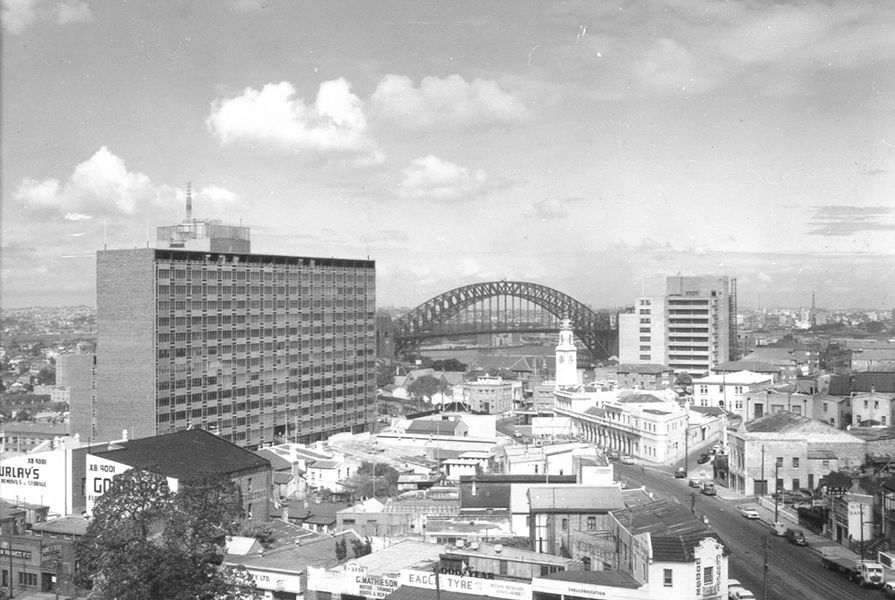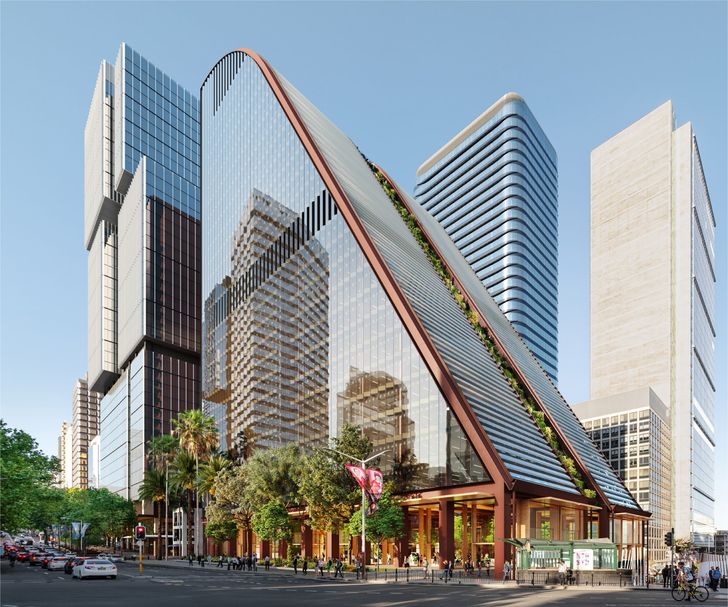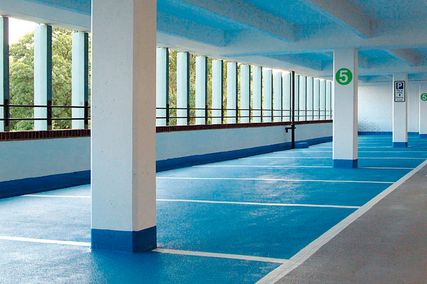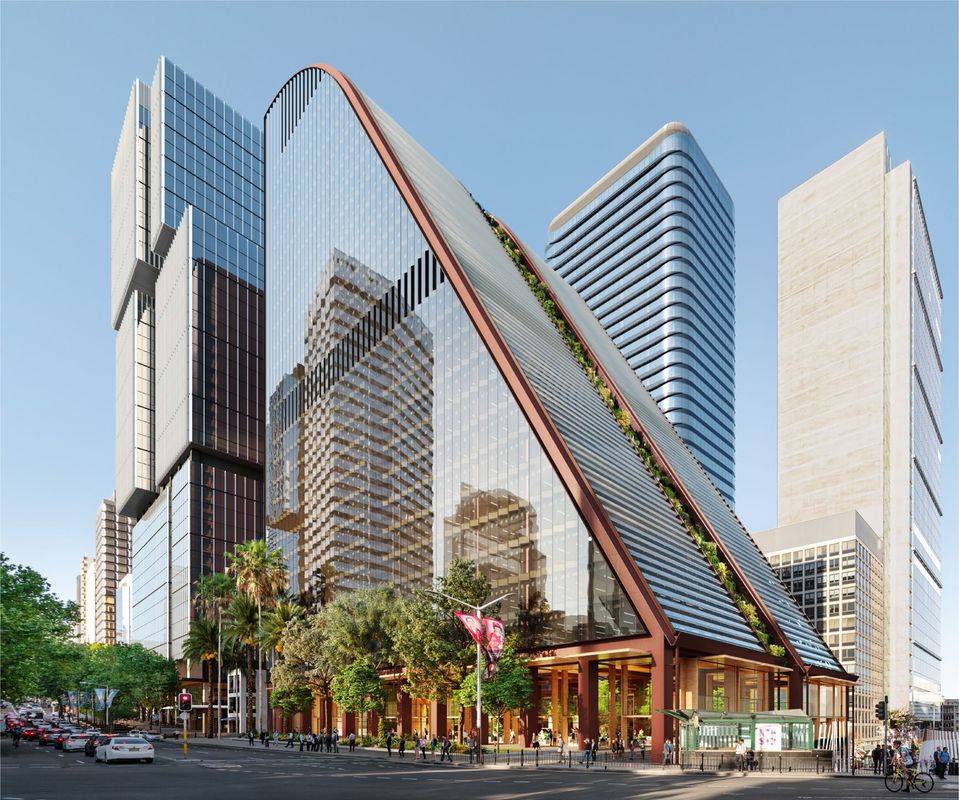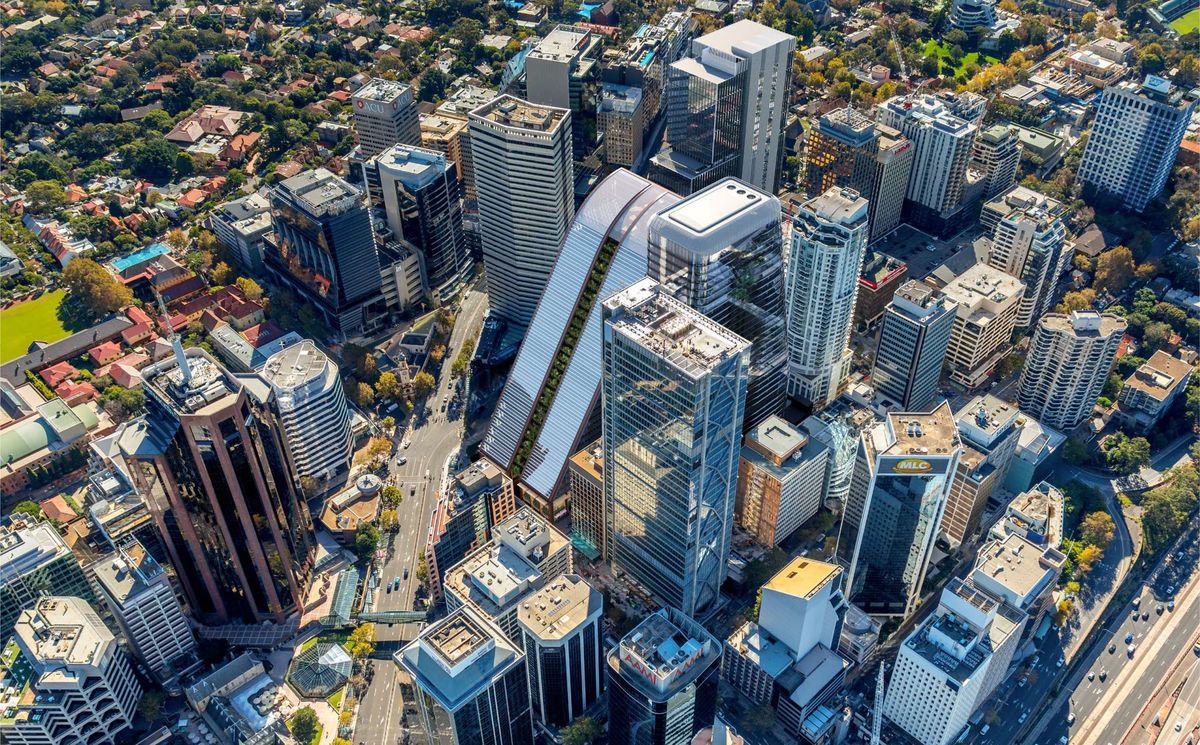NSW arts minister Don Harwin has accepted the recommendations of the Heritage Council of NSW and the Independent Planning Commission to place North Sydney’s MLC Building on the state heritage register, scuttling plans to demolish the modernist office tower and replace it with a new building designed by the same architect.
In a report handed down on 21 April, the planning commission agreed with the heritage council’s assessment that the building was of state heritage significance and that the listing would not cause the owner undue financial hardship.
It also disagreed with the owner that refurbishment would result in a “fake replica” of the building.
Harwin, announcing his decision on 2 June, said the listing “celebrates the importance of this building to the history of architectural design in NSW and Australia and will provide protection for its heritage values for future generations,” the Sydney Morning Herald reports.
The decision follows a campaign by heritage advocates including Docomomo Australia and the National Trust to protect the building, the first high-rise office block in North Sydney and the largest building of its type in Australia when it was completed in 1956.
Designed by Walter Osborn McCutcheon of Bates Smart and McCutcheon, the building was the first in Australia to use a curtain wall design and the first to use modular units. It is listed on the Australian Institute of Architects’ Register of Nationally Significant 20th Century Buildings and is described in its local heritage listing as “a seminal building on subsequent highrise design in Sydney.”
But the firm behind the original design, which today goes by Bates Smart, also designed its proposed replacement and doesn’t rate the existing building so highly. It said the design was “flawed from the beginning” due to its east–west orientation. In planning documents, the firm said it had worked with the building’s owners for more than a decade to find a way to refurbish it, but found it was unviable.
The owner estimated that it would cost $212 million to upgrade the building should it gain heritage listing, and that “works necessary to upgrade the building to allow its future use will result in a fake replica of the original item, with little remaining heritage significance.”
Proposed North Sydney tower designed by Bates Smart.
Relying on an independent report prepared by PTW Architects and Urbis, the Independent Planning Commission agreed with the Heritage Council that the $212 million figure was likely an overestimate, and that even if it was accurate, it assumed the east wing of the building would have to be retained if listed – which is “not necessarily the case.”
All parties agree that the east wing (one of three distinct elements along with the west wing and the central tower) is of lesser heritage significance, and the planning commission found that “the demolition and replacement of the east wing may be necessary to achieve a commercially viable outcome.” But in regards to the west wing, the commission found the interventions required to upgrade the services “need not be as physically impactful as the owner has submitted” and “the unusual floor plate does not preclude a tenantable subdivision.”
Further, while many of the cost-estimates included in the owner’s submissions were predicated on the assumption that he building would be refurbished to achieve A-Grade office status, the commission, following a submission from North Sydney Council, noted that this would not be necessary to make the building commercially viable.
North Sydney Council mayor Jilly Gibson was a strong supporter of the proposed redevelopment, stating that the listing would be impediment to “invigorating the CBD” and that “nobody in our CBD should be working in a B- or C-graded building.”
In response to the decision to list the building, she said, according to the Sydney Morning Herald, that everyone should accept the decision and move forwards. “Bates Smart are very smart architects, I’m sure they’ll get to work on a new scheme that’s outstanding and respects the decision of the panel,” she said.

